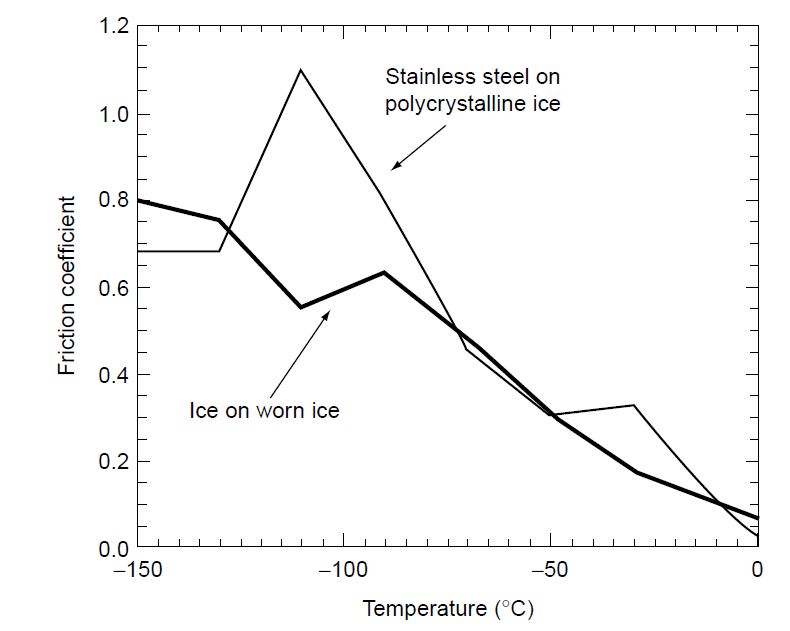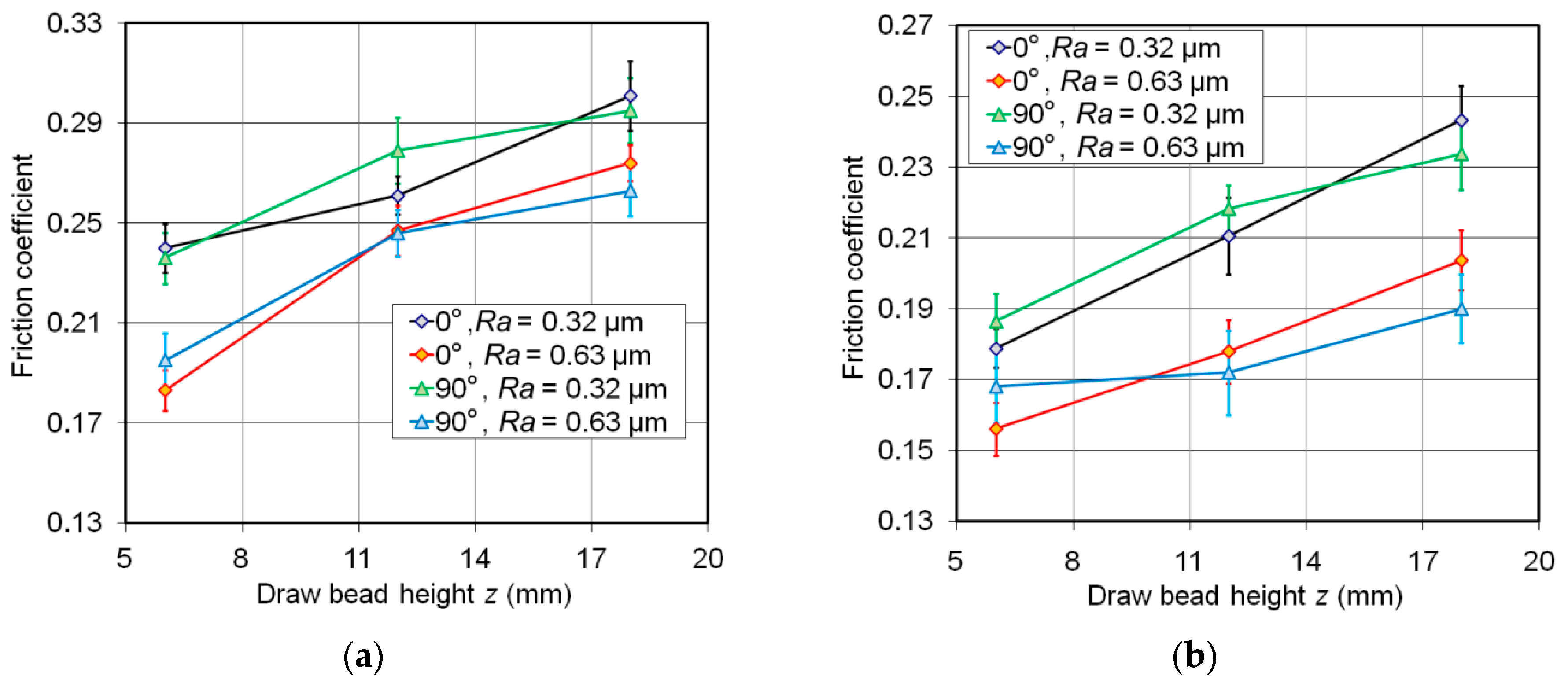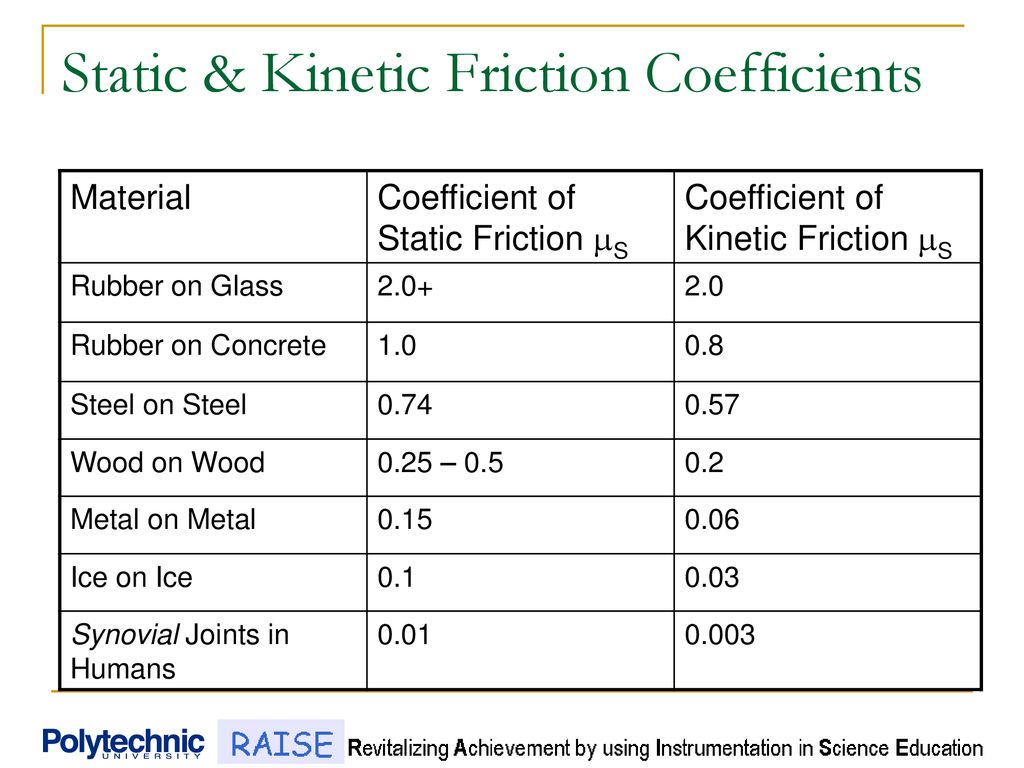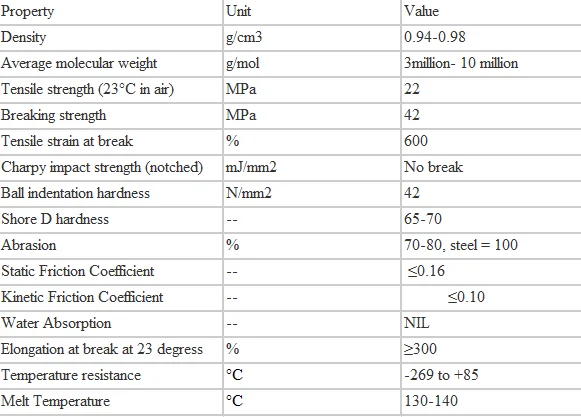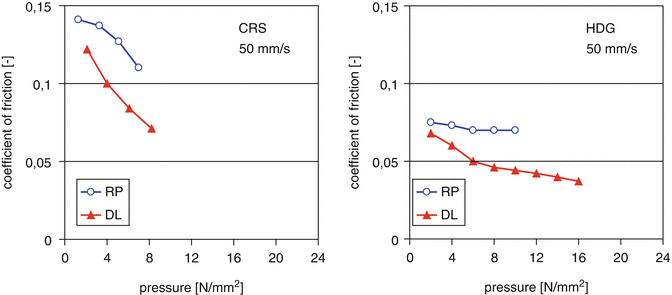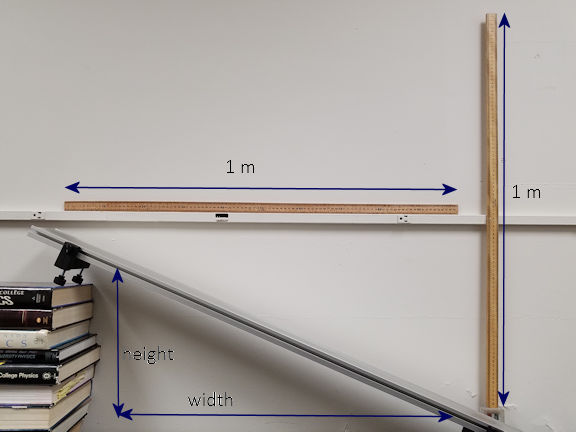Coefficient Of Kinetic Friction Of Sheet Metal

Typically steel on steel dry static friction coefficient 0 8 drops to 0 4 when sliding is initiated and steel on steel lubricated static friction coefficient 0 16 drops to 0 04 when sliding is initiated.
Coefficient of kinetic friction of sheet metal. The kinetic friction equation can be written as. This paper presents the derivation of a first order friction model for lubricated sheet metal forming. Hence the real contact area must be recalculated for the accurate description of friction behavior. Coefficient of friction friction force develops between contacting surfaces of two bodies and acts to resist relative motion between the bodies.
F max frictional force n lb μ static μ s or kinetic μ k frictional coefficient f n applied normal force n lb the frictional force for dynamic friction can be expressed as. F max μ f n. It should be noted that there can be significant differences between static friction typically higher and kinetic sliding friction. Where μsis the coefficient of static friction and μkis the coefficient of kinetic friction.
The force of kinetic friction is μk times the normal force on a body. The coefficient of kinetic friction is the ratio f w or mg mg or simply m m. To cause motion you need to slightly increase m the hanging mass by 0 1 gram for example. It is expressed in newtons n.
Design resources friction design data. Assuming purely plastic real contacts newton s law of viscosity and a square root behavior of the hydrodynamic coefficient of friction with respect to the hydrodynamic hersey parameter an analytic model is found. Since friction is a force the unit of the frictional force is the newton n. Materials and material combinations.
The frictional force for static friction can be expressed as. In the micro sheet metal roll forming process the kinetic friction is significant indicating the real contact area is affected by the junction growth effect according to brizmer et al. The coefficient of kinetic friction is denoted by the greek letter mu μ with a subscript k. Where f k is the force of kinetic friction μ k is the coefficient of sliding friction or kinetic friction and f n is the normal force equal to the object s weight if the problem involves a horizontal surface and no other vertical forces are acting i e f n mg where m is the object s mass and g is the acceleration due to gravity.
Sorry to see that you are blocking ads on the engineering toolbox.










